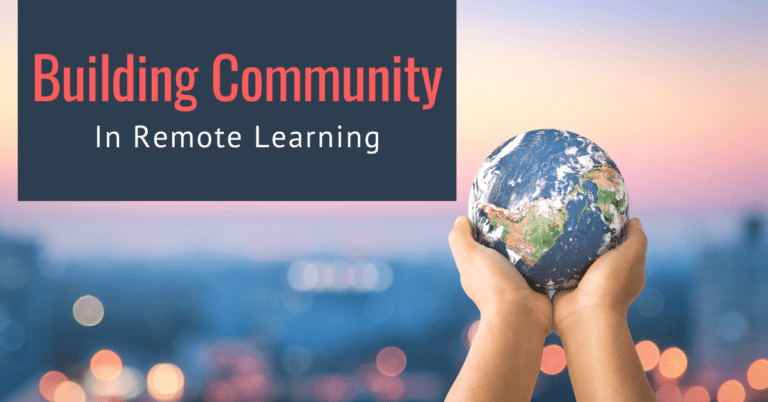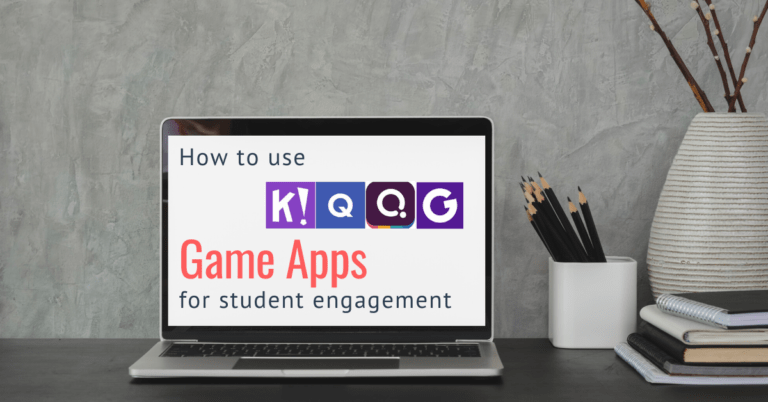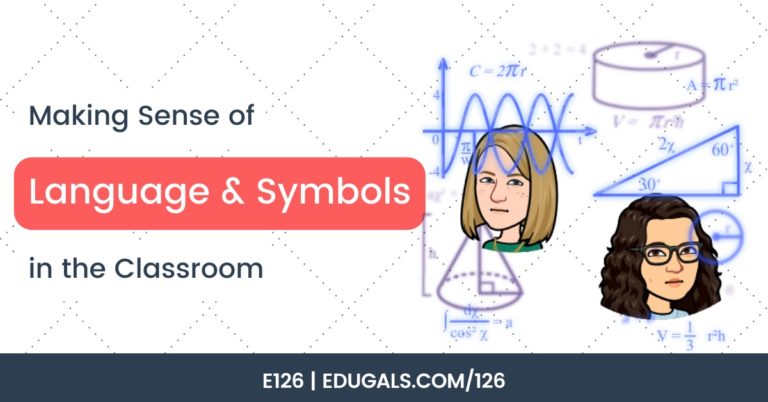[podcast_subscribe id=”7428″]
In this episode, we are talking all things September! We will share some of the plans and things we are excited about, and we will also share some of what we are worried about for this coming school year.
If you like what you hear, then share this episode with a colleague or friend, and make sure you subscribe so that you don’t miss out on any new content! If you are able, consider supporting the show by buying us a coffee!
We would love to hear from you – leave a comment here, OR check out our FLIPGRID!

Show Notes
This week, we are doing something a little bit different from our usual episode, and taking a moment to talk about September and the things that we are looking forward to, as well as some of the challenges and worries we have going forward.
This year has been a bit different from previous pandemic years, in that we have been able to return to a bit of PD and getting some release time to make that happen. We have been able to start a lot of different projects, and get a lot of planning going for these new projects as well.
But then a wrench was thrown into all of this planning and prep fairly recently. So it has been a weird year of getting excited, and starting to move forward with some new and exciting ways of changing the classroom, but then frustration as well.
Rachel is super excited because she is returning to the classroom! She will return to her role as the Department Head of Science, and her role as a science teacher. Plus, there’s the new Ontario de-streamed science curriculum, which has actually now been released, so that’s also very exciting!
This has meant that Rachel has been back in the school a bit, getting into the planning for courses, as well as school goals and processes. Her experiences in her coaching role have provided her with a lot of great learning, and now she can it back with her to her classes and colleagues, and implement it as a classroom teacher.
Rachel first got into teaching when she was a TA, and she really enjoyed the experience. When she went into post-graduate studies, however, she didn’t have the opportunity to teach. It was then that she realized that she loved to teach, and that perhaps teaching was her calling.
What Katie and Rachel both recognize is that the students are what makes the job – we both love the classroom, building relationships with our students, and teaching!
Katie’s Mastery-Based ESL
We have spoken about this a bit in the past, but haven’t quite fully explained what this mastery-based ESL programming is all about! Well, here it is!
Katie works at a centre school, which means that it is a high school that offers ESL programming from Levels A (beginner) to E (approaching fluency). Currently, students are grouped based on incoming language assessments and credit acquisition. This means that you typically end up with a wide range of language skills, because credit acquisition does not always line up with language skill acquisition.
Traditionally, these core ESL levels are taught in a one-size-fits-all approach, ie it is typically assumed that all ESL D learners should be able to learn the same material; it doesn’t take into account their individual proficiency skill levels in speaking, listening, reading and writing. This approach just isn’t working.
Instead of getting stuck in this one-size-fits-all mentality, the team of amazing educators are blowing it all up! All of the ESL levels will be mixed within a classroom, and the focus will shift towards each student’s individual STEP (Steps to English Proficiency) level of the students in each of the strands of language. It is essentially de-streaming ESL.
What they have done is they have gone through curriculum for all of the ESL Levels; they have isolated the skills and identified the progression of skills from A through E, and how each of these skills build from level to level.
The class has been designed into 4 cycles for the school year – 2 cycles per semester. This 4 cycle plan was determined to be ideal since students typically take at least one full school year in ESL programming before they enter mainstream English courses. Each cycle has a specific project or goal that students will work towards. From there, the team isolated what skills would be needed for each cycle, and have worked backwards from there.
This has required them to look at what the skills look like for an ESL A student, versus an ESL E student, and what skills require explicit lessons, and how to break up each skill into manageable pieces so that the lesson videos are not long (max 6 minutes).
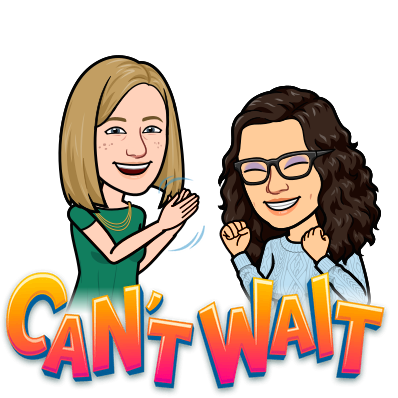
Students will ultimately be aware of where they are headed for each cycle, and will understand the big picture, and why the lessons are required. It’s important for students to know the ‘why’ sometimes, as it really helps with buy-in, and motivates them to engage in their learning so that they can do well and experience success.
This has been a very exciting adventure! It has been so eye opening to consider an approach that meets every single student where they are at, and allows them to focus on their own abilities and build from there.
That being said, their goal is to implement in September. Progress has stalled with the rescinding of release time that is needed for prep and planning. This has led to a lot of uncertainty, which is not a good place to be in when it’s already May. Plus, it has meant a lot of stress because the team doesn’t just want to do it, they want to do it well – there’s a big difference between the two!
Rachel’s De-streamed Science
September marks the beginning of de-streamed Grade 9 science in Ontario. Rachel and her colleagues have been trying to plan for what it will look like, and how they can engage their learners with this new curriculum.
Their planning for September has gone in so many different directions! They started with the idea of creating the course, and grounding it in thematic units based on the UN Sustainable Development Goals. They looked at this and determined that it was doable, but it felt a bit forced.
Then they thought that they would stick with the traditional breakdown of units: biology, chemistry, physics, earth and space science. They left it at that for a day or so while exploring other resources, and examining the new curriculum.
While doing so, Rachel discovered the recurring themes of engineering, sustainability, and interdependence throughout the new course curriculum. They wondered about the possibility of taking these three lenses and creating units with focused engineering-style projects that really emphasize interdependence and sustainability.
At this point, they are thinking they will do an orientation unit, followed by three additional units. One deals with building design and how to maximize daylight in interior spaces; how it affects lighting costs, temperature, etc.
The second unit will focus on robotics, and potentially relating it to space and astronomy. The project hasn’t been flushed out yet at this point.
The third unit deals with agriculture, agricultural innovations, and how we maximize food production while still minimizing impact on earth and the environment. This unit does not yet have a project either, but they are working with some ideas and trying to flush them out.
All of these units give them flexibility to then build towards the Grade 10 course and the projects they currently have. There are so many links to each of the more traditional course units.
Rachel was able to take a lot of the work she did with Katie in the mastery-based ESL, and shift it to the science reality.
Both Programs/Plans
Both Katie and Rachel’s programs will involve cycles of learning with a project or end goal. These projects are the big ideas, and from there they’ll pull in the curriculum where it makes sense.
And throughout it all, Rachel and Katie both agree that it’s important to be transparent with students. In ESL programming, many of the students would really much rather be in mainstream programming, so sharing the why, and how it will help them to develop their language skills goes a long way to increase engagement.
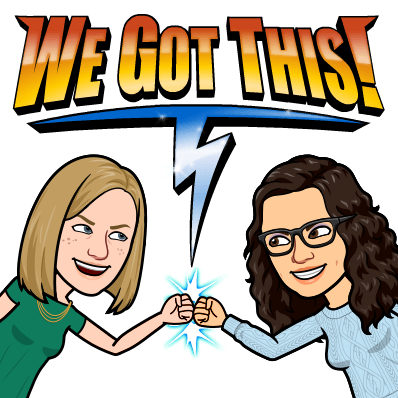
Interactive and communicative projects are a great way to keep students engaged, and is a huge shift away from the traditional test. The use of portfolios and conferencing within theses programs is also a good idea to get students thinking about their learning, and gathering evidence that they believe demonstrates their learning.
These new programs allow for a more natural shift towards ungrading practices and concentrating more on feedback. And the timing of de-streaming, etc. allows departments to more intentionally build course teams that include innovative staff that are willing to take some risks and really try something new in the classroom.
Struggles & Challenges
While Katie and Rachel are both super excited and motivated about the work that they have been doing for their program areas, there are certainly some challenges that are making it difficult. Time is one of the biggest challenges.
With this current wave of Covid, staff absences have seen a huge increase due to infection, etc. This has put a big stress on supply teachers, or lack thereof, to cover all of these absences. Our Board has redeployed Board-level staff to schools to help support and cover classes where no supply teachers are available.
As a result of this, the Board has decided that no more release time is permitted for the rest of the school year. Any Board-wide PD (including de-streaming PD that had been planned to support September implementation) that was planned has been cancelled, and all projects that have been ongoing are now paused if they require release time for teachers.
This has created some big challenges. How can we ask teachers to be innovative, and to change practices to help make de-streaming and mastery successful? It feels so frustrating.
Schools do have a common lunch this year, so at least there is that time for planning and meeting with course teams. Teachers can also try to do some of this work during their prep, though that means that marking and prep aren’t getting done, so perhaps that isn’t ideal.
However, when lunch availability doesn’t align, and when preps are all in different periods, this poses such a big challenge and frustration. Teachers have spent a lot of time and effort trying to bring about some real change, and to have progress suspended because of an abrupt end to release time, it is less than ideal.
It will come down to a balance: balancing innovation with time, and only taking on enough that can actually be implemented; balancing prep time for now versus prep for September; and making sure teachers aren’t burning out in the process.
At the end of the day, we will get done as much as we can, and perhaps we aren’t as planned as we want to be, but we just need to do enough to be able to begin the semester and get far enough that our prep time can be used to further prep the rest of the semester in September.
Our Worries
We both love our job and want to do well. We don’t make changes for the sake of changes – we try to make meaningful, long-lasting changes that will have a positive impact on our students.
Implementation Fails
One of our biggest worries is that the implementation of these programs will not be successful because there wasn’t enough time for preparation. To have to ditch this planning after one year because it flopped due to lack of prep time would be a nightmare, and so disappointing.
We want our students to be successful, and we want to set them up for future courses. We worry that we will let them down if implementation is not successful.
Teacher Burnout
This is a huge concern. The amount of time and effort that it requires to successful pull off this programming is immense. To lose much needed time to focus on developing resources right now is extremely worrisome. The work still needs to be done, which means the pressure and anxiety that we will begin the new school year in September will not be a good way to start the year.
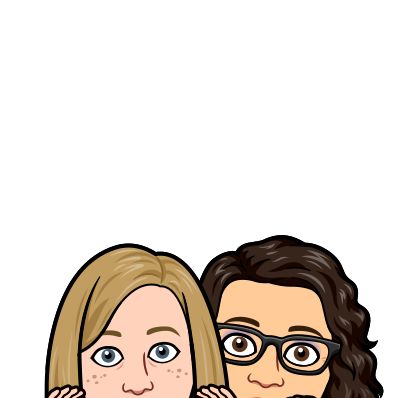
We don’t want our teams to experience burnout, however there is a concern that this could happen.
In addition to the planning and energy burnout, there is also the concern with respect to social emotional burnout. ESL teachers are often the go-to person for their students, and these students come from a wide variety of lived experiences.
The emotional exhaustion that occurs when trying to support students through difficult and challenging situations is extremely tough. There isn’t an easy solution on how to help and support students, while also incorporating self-care and protecting oneself from burnout. We don’t want to seem withdrawn, and like we don’t care, but the toll on our physical and mental health is a challenge.
Returning to Previous Role
One other concern that Rachel has deals with returning to her teaching and department head role after being in a different role for the last two years. She has tried to drop in and reconnect with her department, but it’s still a prominent concern.
She’s also worried that, because she hasn’t been in the classroom for the past two years, that staff won’t take her seriously.
After Hours PD
One concern, which may seem a bit selfish, is that the current trend of having PD after school hours will continue. There seems to be this acceptance that unpaid, evening or weekend professional development is okay. While we both LOVE professional development and trying to be better educators, we don’t love using our personal time in order to participate.
We have our own learning goals, and are pursuing our own learning outside of the school day, so to add in this expectation of participating in Board-provided PD outside of the school day is unrealistic and unfair.
By offering release time to encourage PD, you are showing teachers that you value their time, and that you think that the learning is important for staff.
Summer Plans
Realistically, some of the summer will be spent planning and prepping for these projects to ensure a smooth September implementation. However, we are both going to make sure that we take the time to relax and reset for the new school year.
Rachel has signed up for a week long(potentially sleep away) camp! It is the Material Sciences Camp from ASM. It is a great learning opportunity, and there are many locations for this camp as well. It’s a neat way to get excited for professional development and learning.
Rachel is also planning some fun day trips to insert some excitement and family time.
Katie has decided to do little to nothing that is work-related! Instead, she is taking the trailer and camping out East in Prince Edward Island with the family!
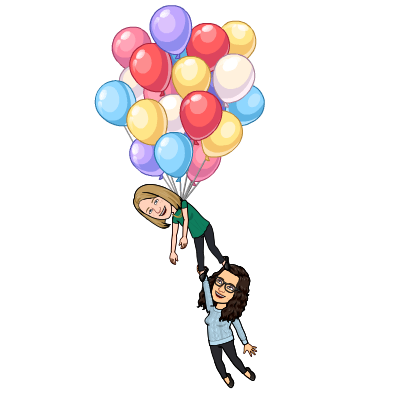
While there are many challenges and concerns, we are still excited for a fresh start in September. There are lots of things to look forward to!
